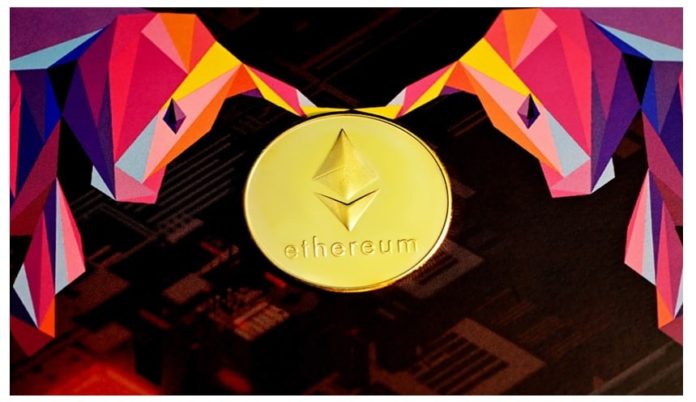Ethereum is one of the most popular altcoins, and new and old investors are always advised to buy Ethereum. It is the second-largest cryptocurrency and has been at the forefront of various blockchain-based developments. In this article, we explain in detail Ethereum 1.0 and 2.0. We also detailed the differences between Ethereum 1.0 and Ethereum 2.0. Also, we answered the questions: Is Ethereum 2.0 a threat, and will investors buy Ethereum?
Table of Contents
Ethereum
Ethereum can be called one of the crown jewels of cryptocurrencies because it is a decentralized platform for smart contracts, which are apps that execute exactly as planned with no interruption, restriction, scam, or third-party interference.
These apps are based on a proprietary blockchain, a massively powerful shared global infrastructure that can move value and reflect property ownership. It allows developers to establish markets, hold debt or promise registries, move funds according to instructions issued in the past (such as a will or a futures contract), and many other things that have yet to be devised, all without the need for an intermediary or counterparty risk.
Different industries have been disrupted positively and negatively due to blockchain technology. The first most recognized, used, and bought blockchain application was Bitcoin, but since then, over 10,000 more alternative coins called altcoins have emerged. One of which is Ethereum. This cryptocurrency is considered the largest general-purpose blockchain and the second-highest market capitalization cryptocurrency, and this is why investors buy Ethereum.
People have begun to associate cryptocurrency mining with global warming in recent years, based on the POW (Proof-Of-Work) consensus. And Ethereum also began to face security and scalability difficulties. Therefore, Ethereum is now attempting to find a suitable solution to these challenges. They can also improve elements like performance and security, which is what they are doing with Ethereum 2.0.
Ethereum 2.0
Ethereum 2.0, or Serenity or ETH 2.0, is a multi-level update to Ethereum. Ethereum 2.0 is being developed to increase Ethereum’s scalability, speed, and efficiency. Its main goal is to enhance Ethereum’s transaction volumes, lower costs, and make it more sustainable.
Ethereum 2.0 differs from Ethereum, or the previous version, in its blueprint and structure. The Ethereum 2.0 upgrade is a feasible approach for strengthening Ethereum’s security, long-term viability, and scalability. This will be achieved by switching from proof-of-work (PoW) to proof-of-stake consensus (PoS), which includes the introduction of shade.
The differences between Ethereum and Ethereum 2
ETH 2.0 or Serenity are the first upgrades to the Ethereum Classic blockchain to increase the Ethereum network’s speed, efficiency, and scalability while increasing security and making it more sustainable for people to buy Ethereum. Don’t worry if you already own ETH; there’s nothing you need to do; the ETH 2.0 update takes place behind the scenes, and holders should never notice the change.
Eth-1.0 users have also observed bottlenecks, and there is still a need to improve the number of potential transactions per second (currently 15 to 45). Here’s some more information on ETH 2.0 and the major differences between it and ETH 1.0:
Proof of stake–instead of Ethereum Proof of Work
The Proof of Work PoW mechanism is a computationally and energy-intensive procedure involving solving a hard mathematical puzzle that Ethereum miners employ for transaction validation. The miner who solves the riddle the fastest wins a prize. The PoW approach is expected to encourage innovation in the renewable energy sector.
While, validators, rather than miners, verify transactions in Proof of Stake. Because securing a blockchain with PoS utilizes far less computational power for block creation, it is more energy-efficient than PoW. It validates executing the miners’ duty and validating transactions to place them in the block in the POS consensus. The block is added to the blockchain network after a few attestations. In exchange for their work, the validates get paid regularly in ETH.
Sharding
The dividing of a blockchain into shards is known as sharding (multiple blockchains.) Sharding increases efficiency by allowing validators to keep track of their own Shard’s information. To avoid manipulation and increase security, validators will be swapped across shards, communicating between shards via the Beacon Chain.
Is Ethereum 2.0 a threat, and will investors buy Ethereum?
According to the Ethereum Foundation, ETH 2.0 will use 99.95% less energy than ETH 1.0. Hence, it is not a threat, and it is just a needed upgrade to improve Ethereum and its viability and scalability. This will also encourage more investors to buy Ethereum.














